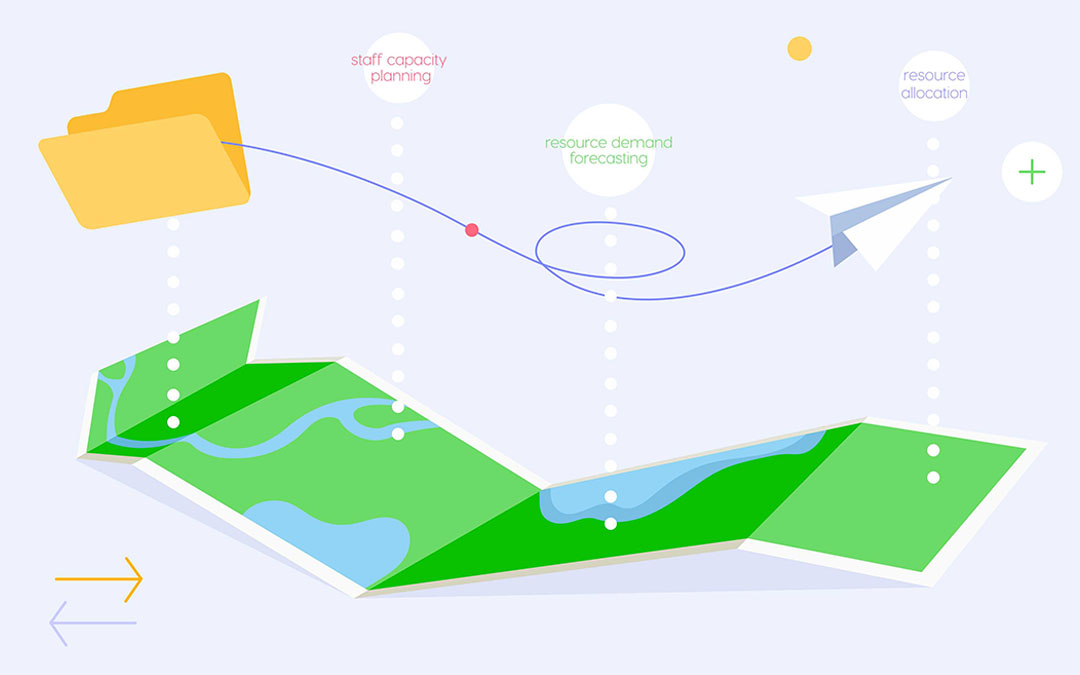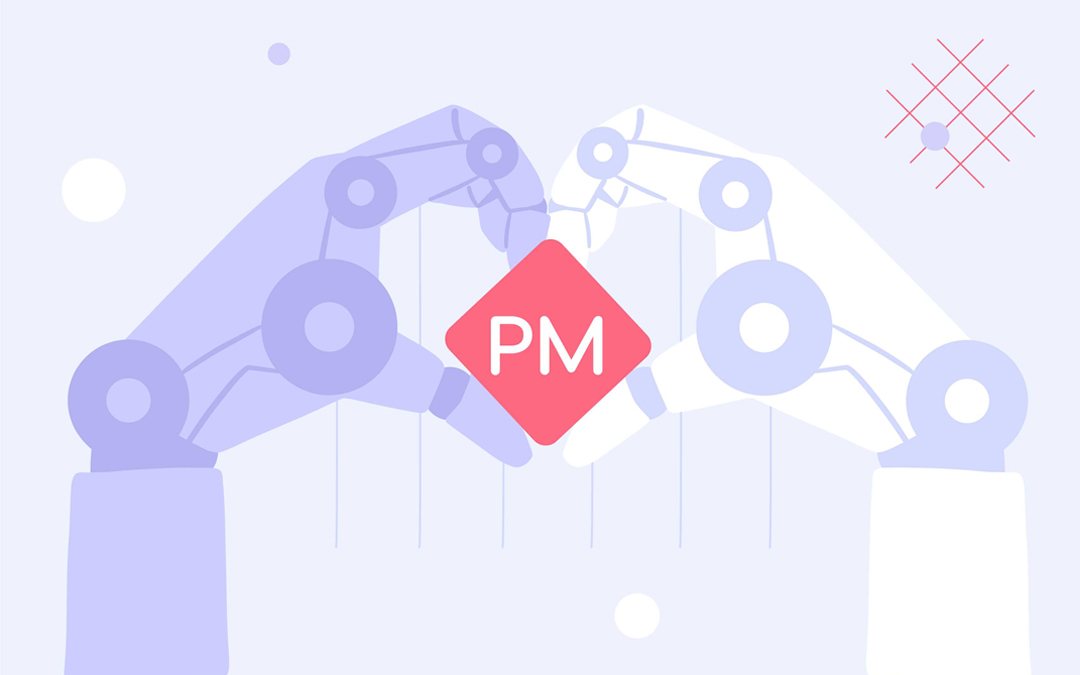In our hectic world, where you have many irons in the fire, prioritization is the only key to getting things done successfully. The same is true for project management. When you have a dozen projects in the pipeline, you won’t be able to deliver them all successfully without determining what matters most for the moment. However, setting the right priorities can put things in perspective.
How to determine the most important things in the flow of tasks and projects in your environment? Let’s dive deeper into this issue.
Why is prioritization important in multi-project management?
In a nutshell, prioritization helps define the main focus of project work and successfully deliver multiple projects running in parallel. It should be noted that a multi-project environment isn’t the same as project portfolio management. For project portfolio management, prioritization is a means to select and deliver projects that bring the biggest value to a company. In a multi-project environment, setting priorities is the key to determining the order of work to ensure successful delivery of projects.
When working with multiple projects, you need to determine two kinds of priorities – between tasks and projects. It’s important for the following reasons.
- It increases the efficiency of project work.
The team members can focus on the most important assignments instead of switching from one task to another wasting their time and effort.
- It prevents employees from overload.
Without understanding what tasks should be completed first and foremost, they can easily become snowed under, which will negatively affect their efficiency and make them bottlenecks for the whole workflow.
- It contributes to more reasonable resource utilization.
As a rule, the resources’ capacity is limited and you cannot allocate an infinite number of employees to staff all projects. Prioritization will help determine what projects require resources most.
- It facilitates flexibility.
Prioritization allows you to respond more effectively to any changes occurring in the workflow as well as to those caused by external factors.
- It contributes to achieving business success.
When resources are efficiently utilized and the team members are productive, regular successful delivery of projects contributes to increasing an organization’s business success.
However, setting priorities is easier said than done: let’s examine the main challenges you may face when determining project and task priorities.
Challenges in determining priorities across multiple projects
The most common difficulties of prioritization in a multi-project environment are as follows.
Uncertainty
Uncertainty is a given in project management – there’s a variety of events that may affect the workflow but are impossible to predict. What is more, uncertainty affects decision-making – it’s rather challenging to make the right decisions when you don’t know exactly what consequences they will have. Therefore, it’s difficult to be 100% sure that your decision regarding priorities will be the right one.
Large amount of data to analyze
The other challenge is the amount of data. Setting priorities between several projects probably won’t cause significant difficulties. But if there’s a hundred of them, analyzing each project and their tasks manually and taking all the dependencies and constraints into account is next to impossible. And what is more, it’s incredibly difficult to make the right decision when you work with such a huge amount of data.
Competing priorities
Sometimes, the result of multiple prioritization criteria analysis leads to competing priorities – i.e., when several criteria indicate the urgency of several projects at the same time so that you cannot rely on them to determine the most important one.
Office politics
Office politics still exists in a great number of organizations, and project-based ones are no exception. For example, some managers engaged in office politics can determine a highest-priority project based on their interests and force a resource manager to assign resources to it. As a result, there will be no employees to staff a project that really matters for business or should be tackled first due to time constraints.
To be able to overcome these challenges and prioritize your projects and tasks with maximum efficiency, you need to combine your human intelligence with the assistance of the right software solution. Let’s review how to do that.
How to set priorities in a multi-project environment?

Setting priorities between multiple projects is a complex process that should be based on analyzing essential criteria. These criteria may vary: from analyzing constraints (cost, time, scope, resources) to business value you can achieve upon completion of a project.
Basically, you can rely on the following ones:
- Feasibility of a project;
- Risks associated with project implementation;
- Expected business value;
- Analysis of constraints (time, scope, cost, resources);
- Cost-benefit analysis.
One more method of determining project priorities is value-based prioritization which is widely used in the Scrum framework. In this case, prioritization is based on three factors:
- Value,
- Risk / uncertainty,
- Dependencies.
But when you manage multiple concurrent projects, the basic criteria for prioritization is the ability of a company to deliver a project.
When it comes to prioritizing tasks, in a multi-project environment, it cannot be based on team members’ assumptions because of dependencies between projects. So determining the most important assignments becomes a real challenge. In this case, you can rely on the assistance of the right software solution.
Tackling priorities with a resource management solution: Epicflow example
At present, project and resource management solutions are widely used to automate a number of project management activities and make them more effective. When working with multiple projects, such tools can become the project and/or resource manager’s right hand.
Let’s take a closer look at Epicflow – it’s a resource management solution that has been designed for effective management of multiple concurrent projects with a shared pool of resources. Epicflow takes into account all the dependencies between projects and constraints to facilitate on-time and high-quality delivery of every project in the multi-project setting. This is how it deals with priorities.
- Epicflow analyzes tasks across the whole project environment, the amount of remaining work in relation to the closest milestone and sets task priorities accordingly. Every team member has their personal to-do list with tasks ordered by their priorities. As any changes occur in the workflow, Epicflow recalculates the priorities automatically in real time. As a result, every employee puts their effort into the most important part of project work in such a way avoiding bad multitasking and overload.
- It’s also important that when you add a new project to the environment, the task priorities are recalculated automatically. So, a project manager shouldn’t analyze what task from what project should be completed first – the only thing that’s required is entering the tasks with estimates and resource-related data into the system.
- Epicflow gives insight into the projects that require immediate management attention. For example, in the Pipeline, they are marked with colors depending on their state and the urgency of corrective actions.
- Finally, Epicflow facilitates making informed decisions: for example, if you need to analyze the feasibility of a project, you can run simulations and see the impact of adding one more project on the current workflow.
Therefore, with Epicflow you always have clear and correct priorities backed with data, which contributes to maximum efficient work on multiple concurrent projects.
Learn how Epicflow’s powerful features can increase the efficiency of your multi-project and resource management by scheduling a call with our expert.
Conclusion
Let’s summarize the most important points of the article.
- Prioritization is the key to determining the main focus of project work and ensuring the successful delivery of parallel projects.
- Nevertheless, determining priorities in a multi-project environment is a challenging process. It’s explained by uncertainty, a huge amount of data to analyze, competing priorities, and sometimes office politics.
- To set the right priorities in a multi-project environment, you should analyze the essential criteria: the expected business value, existing constraints, project feasibility, risks and uncertainty, and more. But the most effective way is to combine this analysis with the assistance of a software solution designed for managing multiple projects, e.g., Epicflow.







